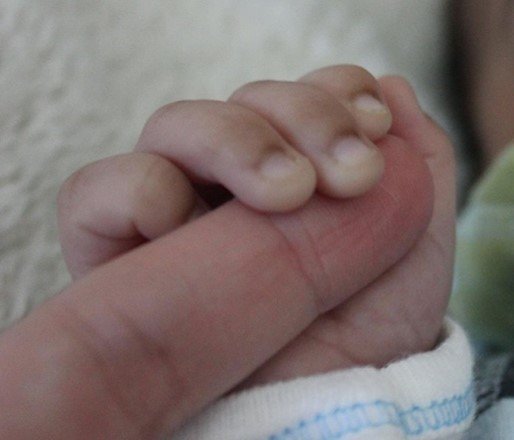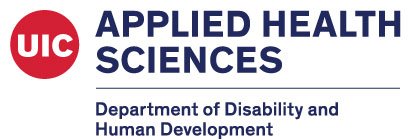The Diagnostic and Statistical Manual of Mental Disorders, or DSM, has become the bread and butter for mental health professionals since its first publication in 1952. It is the largest classification system for descriptions and symptoms used to diagnose mental health disorders. This manual has undergone seven renditions, with the most recent release being the DSM-5TR published in March of 2022. As a student only a few months away from graduating with a Masters in Social Work, I am tasked with learning the content of this document inside and out. With this, I have been introduced not only to the evolution of this text, but also the strong opinions that people have about it. I have witnessed multiple heated discussions firsthand, inside and outside of the clinical setting. Over time I have noted a few key arguments that are made repeatedly by professionals.
Before touching on the criticisms, we should first consider the positives that coincide with the widespread usage of the DSM. This document was the first to establish a universal framework for discussing mental disorders in the United States. This has bridged communications by alleviating the need for interdepartmental translation. The standardization of criteria has also brought about positive developments in the evolution of best practice expectations. There is a better understanding of the symptoms associated with particular diagnoses which permits researchers to conduct studies, informing most effective treatments for particular disorders.
Despite several renditions over the years, this document continues to be shrouded in controversy. One of the most prominent setbacks to the standardization of the DSM is that it has led to higher risks of misdiagnosis and over diagnosis of clients. Insurance companies often require the categorization of patients in order to verify the need for treatment, and will often require a diagnosis within the first meeting with a healthcare professional. Additionally, the usage of this manual requires labels to be put on people who exemplify particular symptoms and behaviors. It may be helpful in some situations, for instance this gives mental health clinicians the ability to look back on previous diagnoses and provide better understanding of prior treatment effectiveness. However, these labels never go away, and it can often lead to clients being stigmatized on the basis of a prior diagnosis. Another significant argument is the one-dimensionality of the DSM. This text oversimplifies behaviors in a way that appears to disregard person-in-environment influences. Consequently this can lead to the unconscious shift of thinking of people as people, to thinking of people in regard to their diagnosis.
This document is currently formulated in a way to assist clinicians as they carry out their work. It aims to provide descriptive language regarding the emotional functioning and behaviors engaged in by clients, affecting their day to day lives. It is important to remember the Diagnostic and Statistical Manual of Mental Disorders is a tool, and is not perfect. The DSM-5 TR drawbacks should be considered at all times, and usage should be supplemented with additional diagnostic tools, such as the Psychodynamic Diagnostic Manual. Only through this can clinicians examine a broader spectrum of lived experiences and get a better understanding of the client as a person, and better cater the treatment process to fit their needs.
References
Cherry, K. (2022, May 30). How mental health professionals use the DSM Today. Verywell Mind. Retrieved September 8, 2022, from https://www.verywellmind.com/the-diagnostic-and-statistical-manual-dsm-2795758
DSM history. Psychiatry.org - DSM History. (n.d.). Retrieved September 8, 2022, from https://www.psychiatry.org/psychiatrists/practice/dsm/history-of-the-dsm
DSM. Psychiatry.org - DSM. (n.d.). Retrieved September 8, 2022, from https://psychiatry.org/psychiatrists/practice/dsm
My copies of the DSM-5 (2013) and DSM-5-TR (2022), Credited to Author

















